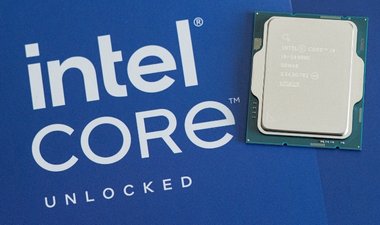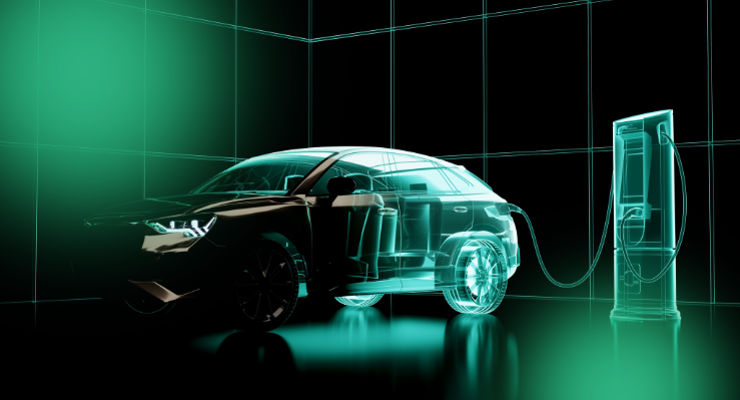Battery Breakthroughs in EVs: Chevy Bolt, Tesla Models, and Hyundai IONIQ 5
The electric vehicle (EV) market is rapidly expanding, with millions of new electric cars registered globally, bringing the total on the roads to tens of millions. This growth is driven by advancements in battery technology, enhancing driving range, charging speed, and performance in various weather conditions. Key components like heat exchangers, connectors, and battery management systems play a role, but the batteries themselves are crucial for determining overall performance.
To highlight recent advancements, we can compare the batteries in the Chevy Bolt (first generation), Tesla Model 3 (2019), Tesla Model Y (2022), and Hyundai IONIQ 5 (2023). The Tesla Model 3 has a battery with thousands of cylindrical cells, while the Chevy Bolt’s battery includes hundreds of pouch cells. The Tesla Model Y introduces a new form factor with a higher capacity, and the Hyundai IONIQ 5 offers a versatile battery pack, depending on the configuration.
These improvements have led to higher energy density and faster charging. For example, the Hyundai IONIQ 5 can recharge from 10% to 80% in just minutes with a fast charger. The Tesla 4680 and SK On-02YCE36 batteries achieve higher energy densities through optimized cell designs. Enhanced safety features in cylindrical cells, like those in the Tesla 4680, offer better resistance to deformation and durability compared to pouch cells. As battery technology advances, we can expect further improvements in energy density, charging speed, and safety, driving the future of EVs.










